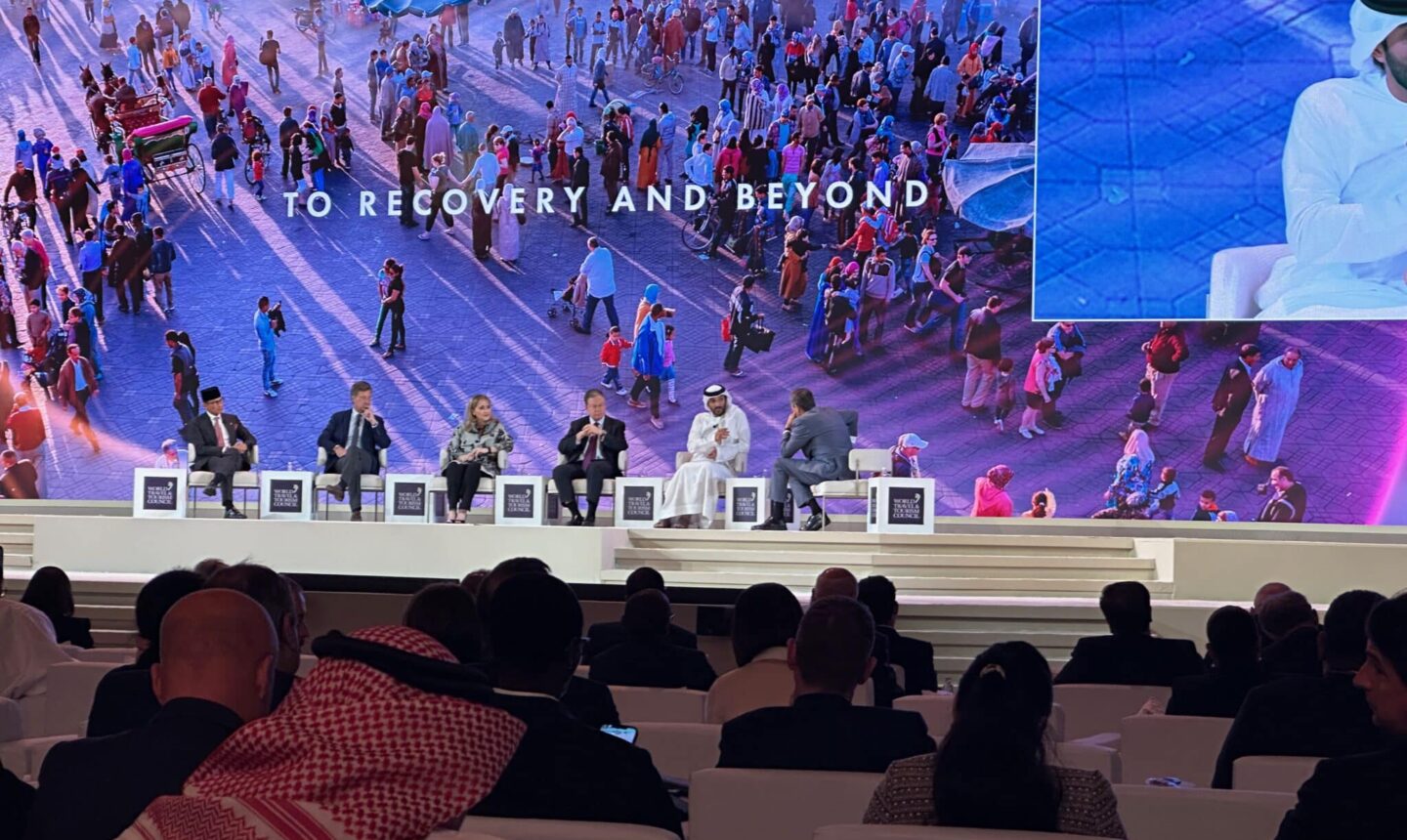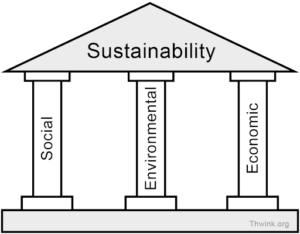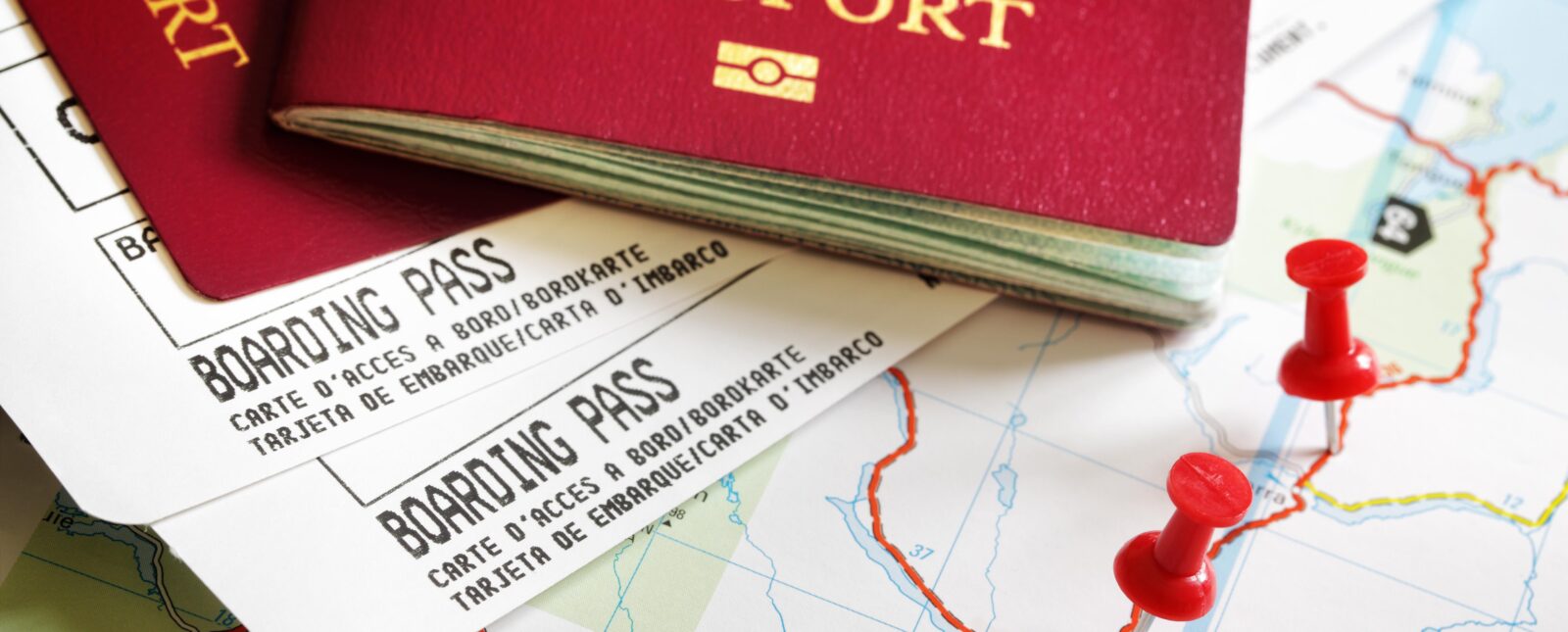Travel & Tourism as a Solution for the Planet
At the recent WTTC Global Summit in Saudi Arabia, the conversations among the 55 tourism ministers, country ambassadors, CEOs, high-profile thought leaders and members of the media focused on how tourism, if done well and sustainably, is the solution not just for improving economic welfare but also for the future sustainability of our planet.

At the recent WTTC Global Summit in Saudi Arabia, the conversations among the 55 tourism ministers, country ambassadors, CEOs, high-profile thought leaders and members of the media focused on how tourism, if done well and sustainably, is the solution not just for improving economic welfare but also for the future sustainability of our planet.
Yet the reality of implementing sustainable tourism that benefits consumers and the environment and meets traveler expectations is a difficult balance to strike.
One of the main challenges I often come across when talking about sustainability is that it’s such a big word and means so many different things to so many people.
Over the last 20 years we have witnessed a surge in publications on sustainability, to the extent where “sustainability science” is now seen as a distinct field.
We have also seen a growing focus on sustainability across tourism in recent years; consumer research is finding it, communities are demanding it and investor sentiment is showing it.
“Every company and every industry will be transformed by the transition to a net-zero world. The question is, will you lead, or will you be led?” Larry Fink, CEO, BlackRock
Yet despite this, sustainability remains an open concept with myriad interpretations and levels of understanding.
So how do we tackle this if we struggle to articulate it?
Going back to the roots of sustainability, we have this articulation, which outlines the three pillars of economic, social and environmental factors.

And actually these three pillars themselves were explicitly embedded in the formulation of the U.N. sustainable development goals, which of course are the manifestation of turning sustainability science into action.
But at the other end of the debate we have a confused consumer who wants to be more sustainable but is feeling overwhelmed and doesn’t know where to start when it comes to sustainability and travel. According to Expedia Group’s Sustainability Travel Study, although 90% of consumers look for sustainable options when travelling, 7 in 10 consumers feel overwhelmed by starting the process of being a more sustainable traveller.
And in a similar vein, lots of travel companies and leaders in our sector seem unsure, or dare I say afraid, of openly talking about their sustainability efforts.
It’s a common feature in many of my conversations where leaders claim not to be sustainable – my challenge to them is that it depends what you mean by sustainable.
So why is this? And why as a sector are we not all talking about this with one voice?
Is the problem that we measure the success of travel through only one lens – that of the economic benefits and growth in numbers of travelers?
It is true that travel and tourism outpaced the global economy in terms of contribution to GDP for decades before the pandemic and will continue to do so for the next decade ahead, in which it it is forecasted to deliver 126 million new jobs.
But, as we become more aware of climate change and the impacts of our behaviors on the planet, how do we as a sector face into that.
Across our sector, we know that we have an incredible story to tell, that some of the practices pioneered in tourism are quite literally delivering on the U.N. sustainable development goals, but are we at risk of just talking to ourselves?
Perhaps it’s time for our sector to be leaders in this, and be investing and building solutions while at the same time doing a better job of communicating our efforts.
Perhaps it’s time for our sector to redefine the metrics of sustainability so that we can quantify our impact as a sector across environmental and social aspects, and change the narrative that tourism is a cause of harm by showcasing that tourism is actually a solution to a sustainable future, one that protects cultural heritage, preserves conservation efforts and puts communities at the heart of destination development.
Until now we have not had a sector-wide methodology to accurately measure our climate footprint; however, the new research launched by WTTC in early December changes this paradigm on how we as a sector can communicate our social and environmental impact based on actual data.
This new environmental and social research data will give governments and stakeholders the detailed information they need to make progress against the Paris Agreement and the U.N. sustainable development goals across:
Economic – GDP contribution and jobs
Environment and climate – GHG, water, energy, air pollution, etc.
Social – employment (wage, age, gender), tourism supported jobs
Previous estimates have suggested that the global travel and tourism sector was responsible for up to 11% of all emissions. However, in 2019 at its peak, our sector totaled 8.1% globally, and between 2010 and 2019 our sector’s GDP grew on average 4.3% annually while its environmental footprint only increased by 2.4%. We are reducing our impact across the sector which is good news, and we need to do more.
This data is so useful, and while it is a point in time, as Julia Simpson said, “If you can’t measure it, you can’t manage it,” so it is incumbent on all of us to get on the journey, measure and manage our outputs, and perhaps most importantly, stop being afraid of talking about travel and tourism being a solution for a sustainable future for all of us.
